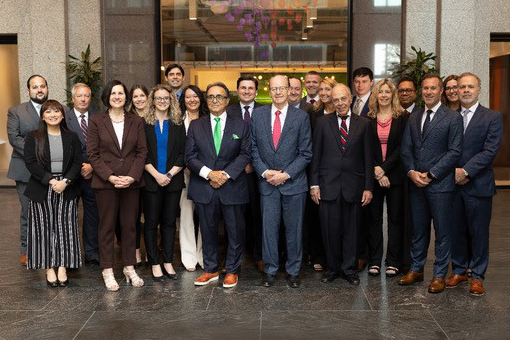Understanding The ADA Interactive Process

The Americans with Disabilities Act (ADA) requires employers to provide reasonable accommodations to qualified employees with disabilities unless doing so would create an undue hardship for the business. A central component of this obligation is the interactive process — a good faith, collaborative dialogue between employer and employee aimed at identifying and implementing accommodations that enable the employee to perform the essential functions of their job. Understanding how this process works is critical to fostering an inclusive workplace and ensuring legal compliance as an employment lawyer can share.
What Is The ADA Interactive Process?
The interactive process is not a one-size-fits-all procedure, but rather a flexible, individualized approach to resolving accommodation requests. It begins when an employee discloses a disability and requests an accommodation, either verbally or in writing. From that point forward, the employer and employee must engage in meaningful communication to understand the employee’s limitations and the workplace barriers that exist as a result. The employer may request reasonable documentation of the disability if the need for accommodation is not obvious.
This process often involves identifying the essential functions of the employee’s position, assessing how the disability impacts their ability to perform those functions, and brainstorming potential accommodations as our friends at Exhibit G Law Firm can explain. Accommodations can range from physical modifications (like ramps or ergonomic desks) to schedule adjustments, assistive technology, or job restructuring. Importantly, the process is meant to be ongoing — employers should revisit accommodations as needed and maintain open lines of communication with the employee.
Both parties have responsibilities in the interactive process. The employee must participate in good faith, providing necessary medical information and being open to different types of accommodations. The employer must also act in good faith, not delaying the process or dismissing requests without serious consideration. If an agreement cannot be reached, the employer must be able to demonstrate that no reasonable accommodation was possible without undue hardship.
Ultimately, the goal of the interactive process is not only legal compliance but also to create a more equitable and productive workplace. When conducted effectively, it promotes employee retention, boosts morale, and reinforces the organization’s commitment to diversity and inclusion.
Steps In The Interactive Process
-
Recognizing The Need For Accommodation
The process typically begins when an employee requests an accommodation. This request does not need to be in a specific format — employees can make requests verbally or in writing. Employers should also recognize that certain circumstances, such as a known disability affecting job performance, may trigger the need for engagement even without a formal request. -
Gathering Relevant Information
Employers may request limited medical documentation to verify the existence of a disability and understand how it impacts job performance. However, they should avoid overly broad inquiries and maintain confidentiality throughout the process. -
Exploring Accommodation Options
Both the employer and employee should discuss potential accommodations that could enable the employee to perform their job. Reasonable accommodations vary depending on the individual’s needs and job duties but may include modifications such as flexible work schedules, assistive technology, or task reassignment. -
Evaluating Undue Hardship
Employers are not required to provide accommodations that would impose significant difficulty or expense. Factors such as cost, operational impact, and workplace structure are considered in determining undue hardship. If an accommodation is not feasible, alternative solutions should be explored. -
Implementing And Monitoring The Accommodation
Once an accommodation is identified, the employer should implement it and assess its effectiveness. Regular follow-ups can ensure that the accommodation remains appropriate and functional for both parties.
Best Practices For Employers And Employees
-
Employers should document the interactive process, maintain open communication, and assess accommodations on a case-by-case basis to ensure compliance with the ADA.
-
Employees should provide timely and relevant information about their needs and be open to alternative accommodations if their preferred option is not feasible.
If you need help with ADA compliance, contact a lawyer near you immediately.







